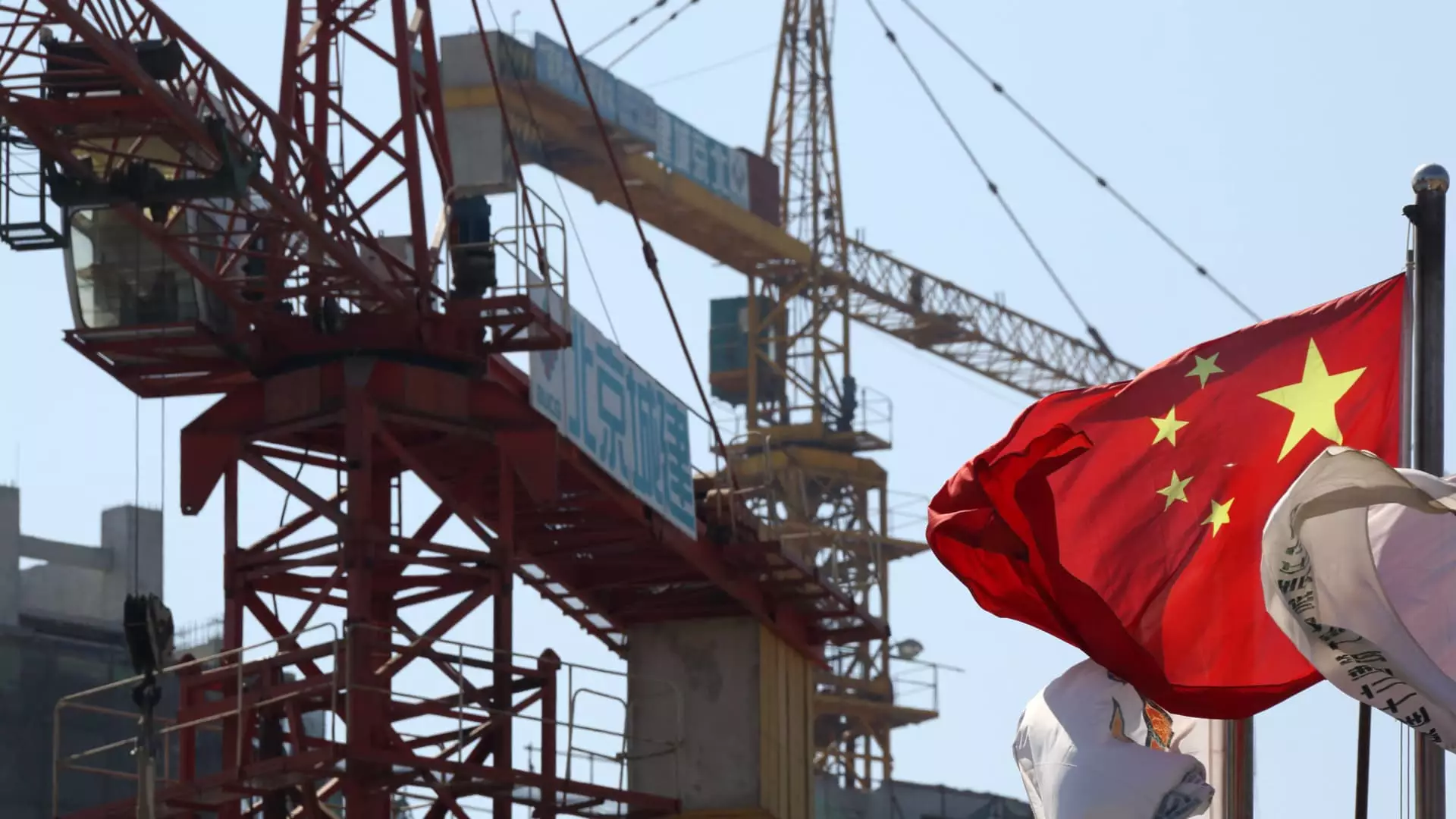China has long been viewed as an economic titan, driving growth not just within its borders but across the broader East Asia and Pacific region. However, a recent assessment by the World Bank suggests that the country’s economic growth is on a troubling trajectory, projecting a decline in growth rates despite recent stimulus measures aimed at reviving investor confidence. The anticipated growth rate of 4.3% for 2025, down from 4.8% in 2024, raises questions about the efficacy of short-term interventions when juxtaposed against enduring economic challenges.
In an effort to bolster economic momentum, Beijing has introduced various stimulus measures, primarily concerning monetary policies. Initially, these actions led to a brief upswing in investor optimism, which subsequently fizzled out as underlying economic issues resurfaced. While the World Bank has acknowledged the slight increase in the forecasted growth rate for 2024 — a 0.3% improvement from its April assessments — it also warns that this boost is likely temporary. This paradox of improvement followed by stagnation merely highlights the precarious nature of relying on fiscal stimuli devoid of substantive structural reform.
World Bank chief economist for East Asia and Pacific, Aaditya Mattoo, emphasizes the lingering uncertainties surrounding the fiscal dimension of these measures. The core of the concern lies in whether the implemented stimulus can effectively counterbalance the growing anxieties among consumers regarding their financial security. These anxieties are rooted in declining salaries, unstable property market conditions, and an increasingly aging population, which collectively create an environment of hesitance in consumer spending.
One of the more poignant critiques of China’s current economic strategy mirrors sentiments from various economic analysts: the stimulus packages are predominantly supply-side solutions. James Sullivan from JPMorgan highlights this misalignment, questioning whether these measures will translate into consumer demand. If the focus remains on boosting production and investment without stimulating consumer confidence, the impact on the overall economy is likely to be limited.
Compounding these woes are longstanding structural issues that have plagued China’s economy. The property market continues to show signs of weakness, contributing to an overall lack of confidence among consumers. Moreover, rising global tensions – including trade disputes and geopolitical conflicts – further complicate the landscape, raising fears about future economic stability.
As discussions regarding the future of China’s economy unfold, analysts like Hui Shan from Goldman Sachs stress the significance of upcoming stimulus packages and external political events, notably the U.S. presidential election. The interplay between these factors will play a crucial role in determining the trajectory of China’s economic recovery. Without a clear blueprint for additional stimulus or structural reform, the forecast for 2025 appears grim.
China’s National Development and Reform Commission has acknowledged the pressing need for economic support, yet it stops short of detailing any comprehensive plans for major stimulus efforts. Analysts have repeatedly pointed out that for China to achieve sustainable growth in the long term, fundamental reforms in areas such as competition, infrastructure, and education are imperative. These demands suggest a shift away from temporary fixes toward more profound, systemic changes capable of unleashing genuine economic potential.
The implications of China’s economic performance extend beyond its own borders. The World Bank’s estimates indicate that the rest of the East Asia and Pacific region will also feel the ramifications of China’s predicted slowdown, with growth expectations decreasing from 4.7% to 4.9%. As China wrestles with internal challenges, regional economies will need to cultivate their own domestic growth drivers to offset the effects of reduced demand from the Chinese market.
China’s current economic situation epitomizes a critical balancing act: while immediate, targeted stimulus measures may temporarily uplift economic activity, structural reforms are essential for fostering enduring growth. Without addressing these deeper issues, China’s trajectory may continue to falter, posing challenges not only to its economy but also to the diverse geopolitical landscape that relies on its growth. The path ahead will require a nuanced approach that embraces both immediate interventions and long-term strategies.

Leave a Reply